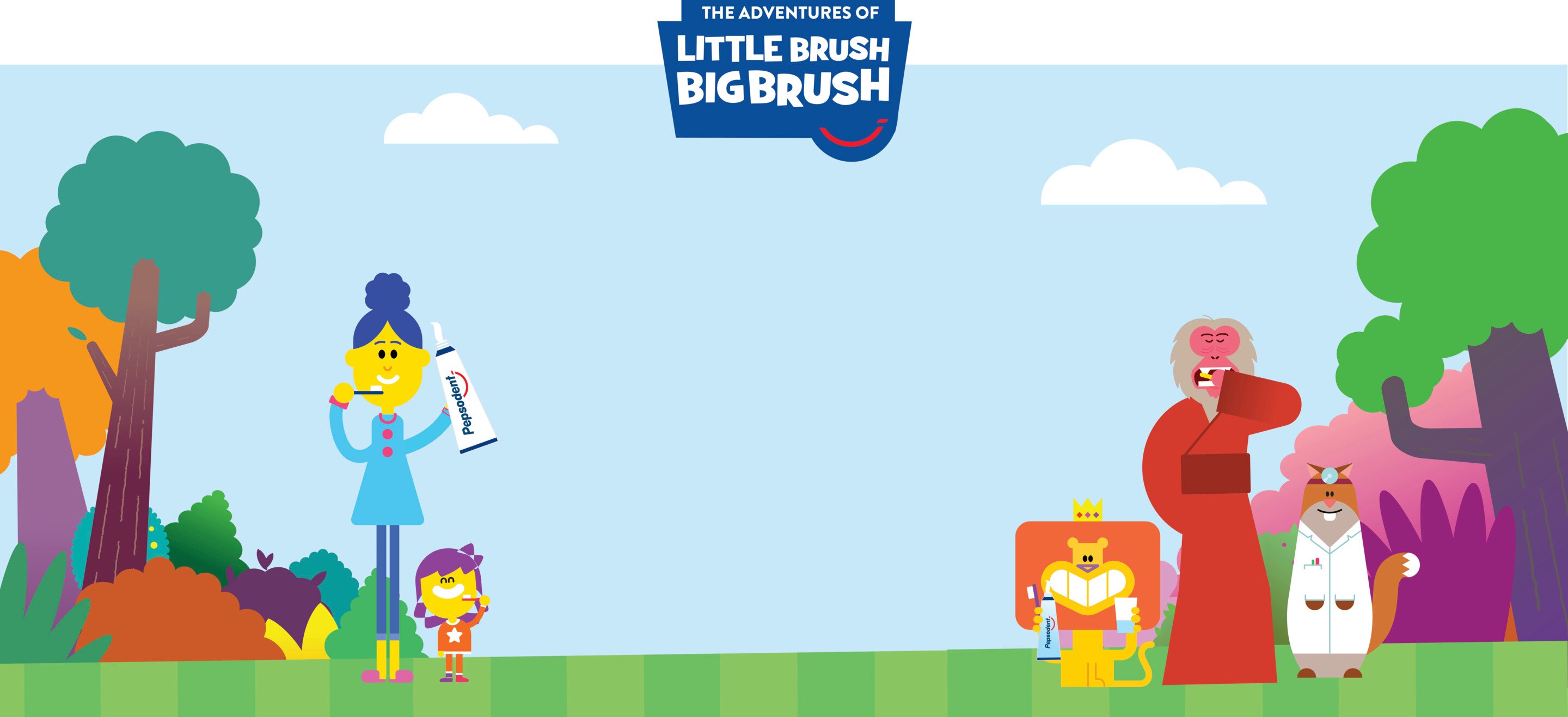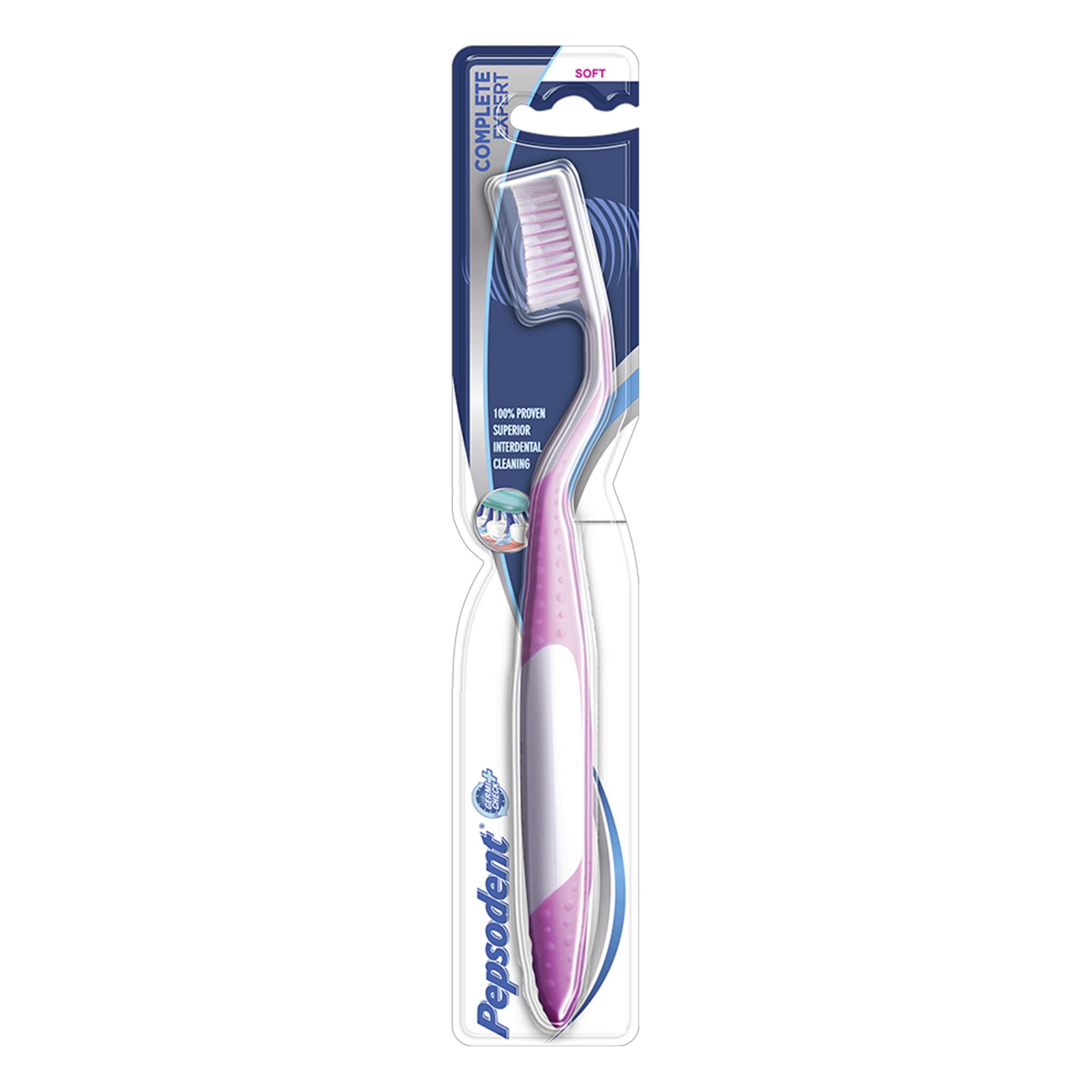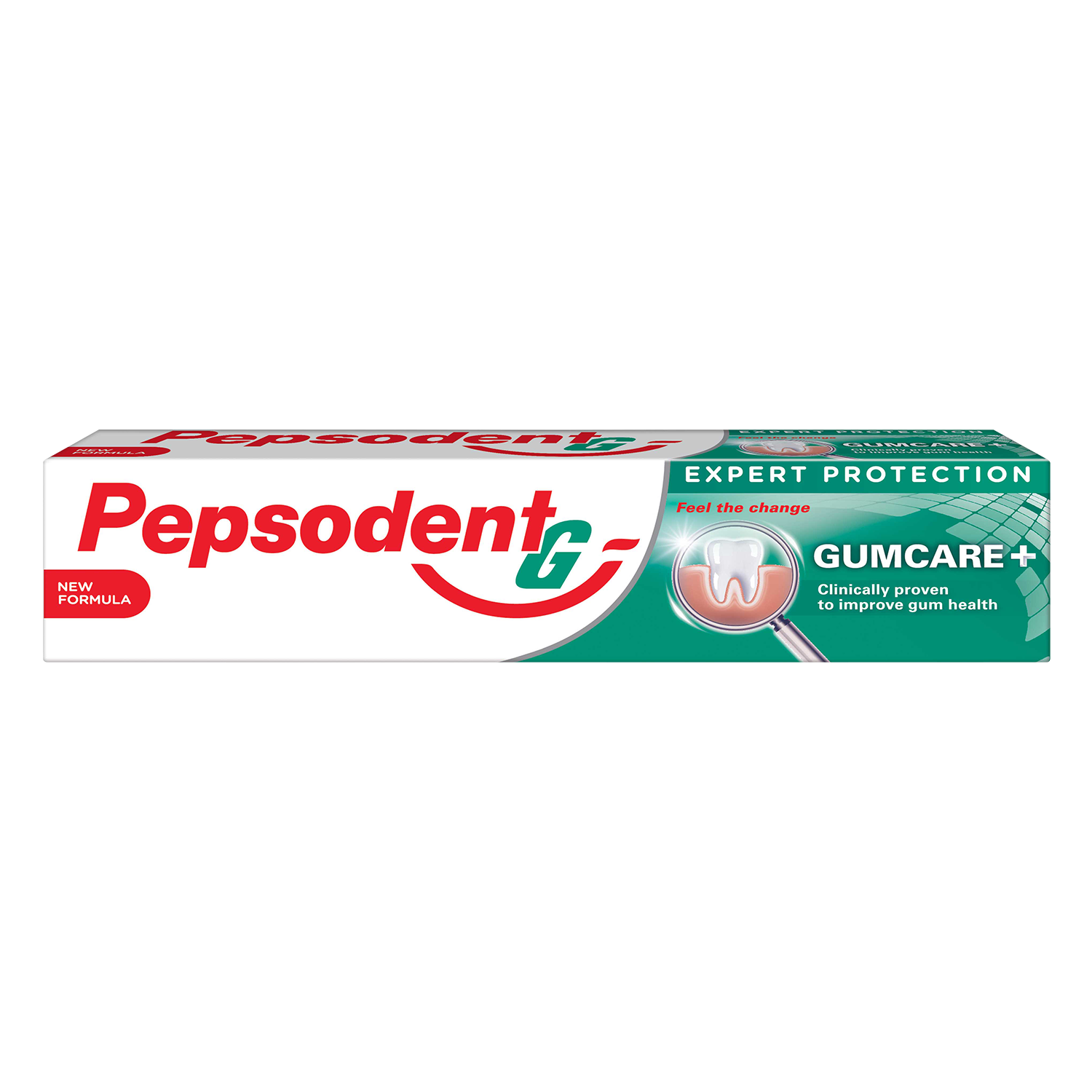Skip to:
Every parent wants their children to enjoy strong, healthy teeth, yet cavities in children are more common, because the enamel on milk teeth is weaker than enamel on adult teeth.
Here’s a look at how cavities develop and what you can do to protect your children’s teeth.
What causes cavities?
Bacteria in your child’s mouth naturally builds up, forming a sticky substance called plaque. This plaque can coat teeth – and as your child eats, the bacteria in the plaque creates acid. It’s the acid that erodes the hard tooth enamel, creating cavities.
What are the symptoms?
If your child has tooth sensitivity, pain or persistent bad breath, they could have a cavity. Sometimes you can see it, either as a chalky white patch or dark spot on the tooth. Either way, you should consult your dentist. Treating children’s cavities
If your child has cavities, your dentist may apply a fluoride gel or varnish to seal the area. If the cavity is more severe, they may clear the decayed material and apply a filling or extraction.
Preventing dental cavities in children
The best approach is a mixture of great oral hygiene and diet. Because the bacteria in plaque feed on sugary and starchy foods and soft drinks, try to limit these in your child’s diet. But it’s not just about cutting out the ‘bad stuff’: introducing more nutrient-rich foods like vegetables and fruit actually mineralises your child’s saliva. This helps reverse the damage caused by plaque.
Make good oral hygiene part of the routine
Proper oral hygiene is crucial. Contrary to popular belief, milk teeth do affect the permanent teeth your children get later. Bacteria can transfer to molars that are developing underneath and can also transfer from parent to child. Therefore you need to start brushing your child’s teeth from the day they get their first tooth. Once they’re able to brush their own teeth, you’ll need to supervise them until they’re around seven years old.
Make sure they:
- Drink plenty of water after meals.
- Brush their teeth twice a day, for at least two minutes
- Brush every surface of every tooth using a toothbrush that fits comfortably in their mouth. Pepsodent Kids toothbrushes are designed specifically for children. Toothbrushes should be replaced every two to three months.
- Use a fluoride toothpaste (for children over the age of two). Pepsodent Kids offers a range of children’s fluoride toothpastes that help prevent tooth decay.
- Flossing is something children tend to avoid, but it’s important to do it daily to prevent plaque from forming between the teeth.
If you can instil good teeth-cleaning habits in your children, they’ll be able to take care of their teeth and gums. It’ll prevent tooth decay early on, so they can enjoy healthier and happier smiles for years to come.







